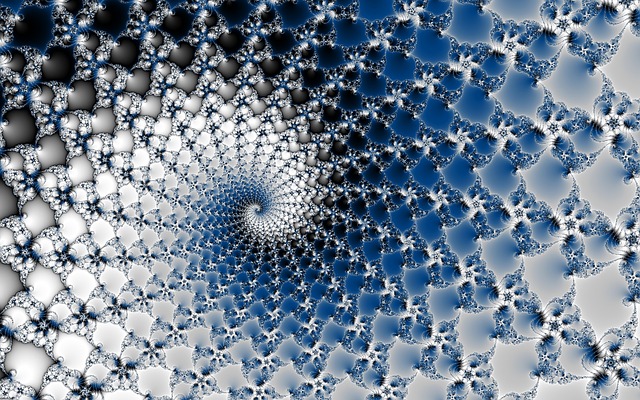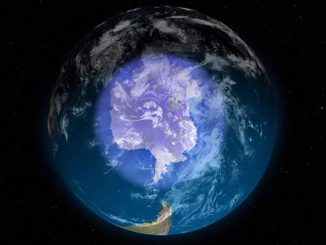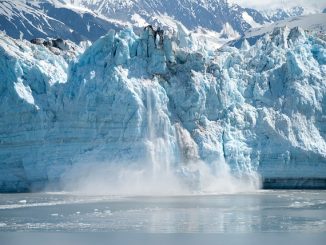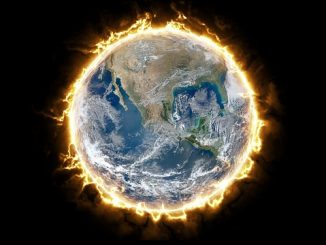
The world is full of contradictions. A time crystal — something that has remained a concept until now — is one of those contradictions. A time crystal is basically a non-equilibrium form of matter — a lattice that doesn’t just repeat in space, but repeats in time as well.
Typically, an object can’t move if it’s in what is known as its ground state (or resting state) because what it has is stored or potential energy. It will only be able to move when that potential energy is transformed into kinetic energy. Time crystals contradict this understanding because even when they’re motionless, they are still in motion. In other words, it moves even while it is at its resting state. It’s nothing short of a mind-boggling idea because we’ve been so used to studying about stable forms of matter, those that are in a state of equilibrium such as metals and non-metals — always existing in just one state at a time, but never simultaneously in more than one state.
The concept of time crystals was first introduced in 2012 by Nobel laureate Frank Wilczek. Four years later, theoretical physicists from two different universities — one from the University of California Santa Barbara and the other from Princeton University — independently confirmed that such substances could be made.
Several days ago, in a paper published in the journal Physical Review Letters, UC Berkeley physics professor Norman Yao, referring to his group as “the bridge between the theoretical idea and the experimental implementation”, came up with a blueprint for creating time crystals — describing how to make such crystal, how to measure its properties, and also predicting what its different phases could be. From this blueprint, two separate research teams — one from Harvard University and the other from the University of Maryland — succeeded in creating their own time crystals using entirely different methods.
The Harvard team led by Mikhail Lukin used densely packed nitrogen vacancy centers in diamonds to make their time crystals.
On the other hand, the Maryland team led by Chris Monroe and working closely with Yao, used a conga line of 10 ytterbium ions which they kept out of equilibrium by alternately hitting with two different lasers — one laser creates a magnetic field while the other laser flips the spin of the atoms. By repeatedly hitting the ions, the atoms eventually settled into a stable, recurring pattern of spin flipping, which is exactly what defines a crystal.
As fascinating as this breakthrough is, it’s not yet clear what time crystals can be used for. But because it’s a new state of matter, it’s not hard to imagine that it’s going to be of some use to the mysterious world of quantum mechanics. It fits, doesn’t it? Quantum bits can exist as two different states at the same time. And a time crystal can show movement even while it is at rest. There’s surely a connection in there somewhere. We just have to figure it out.
Meantime, you may view the Harvard team’s work through this link, and the Maryland team’s work through this link.
- Bulenox: Get 45% to 91% OFF ... Use Discount Code: UNO
- Risk Our Money Not Yours | Get 50% to 90% OFF ... Use Discount Code: MMBVBKSM
Disclaimer: This page contains affiliate links. If you choose to make a purchase after clicking a link, we may receive a commission at no additional cost to you. Thank you for your support!




Sounds like the making of a perpetual motion machine? And if on a bigger scale… a new type clean energy?